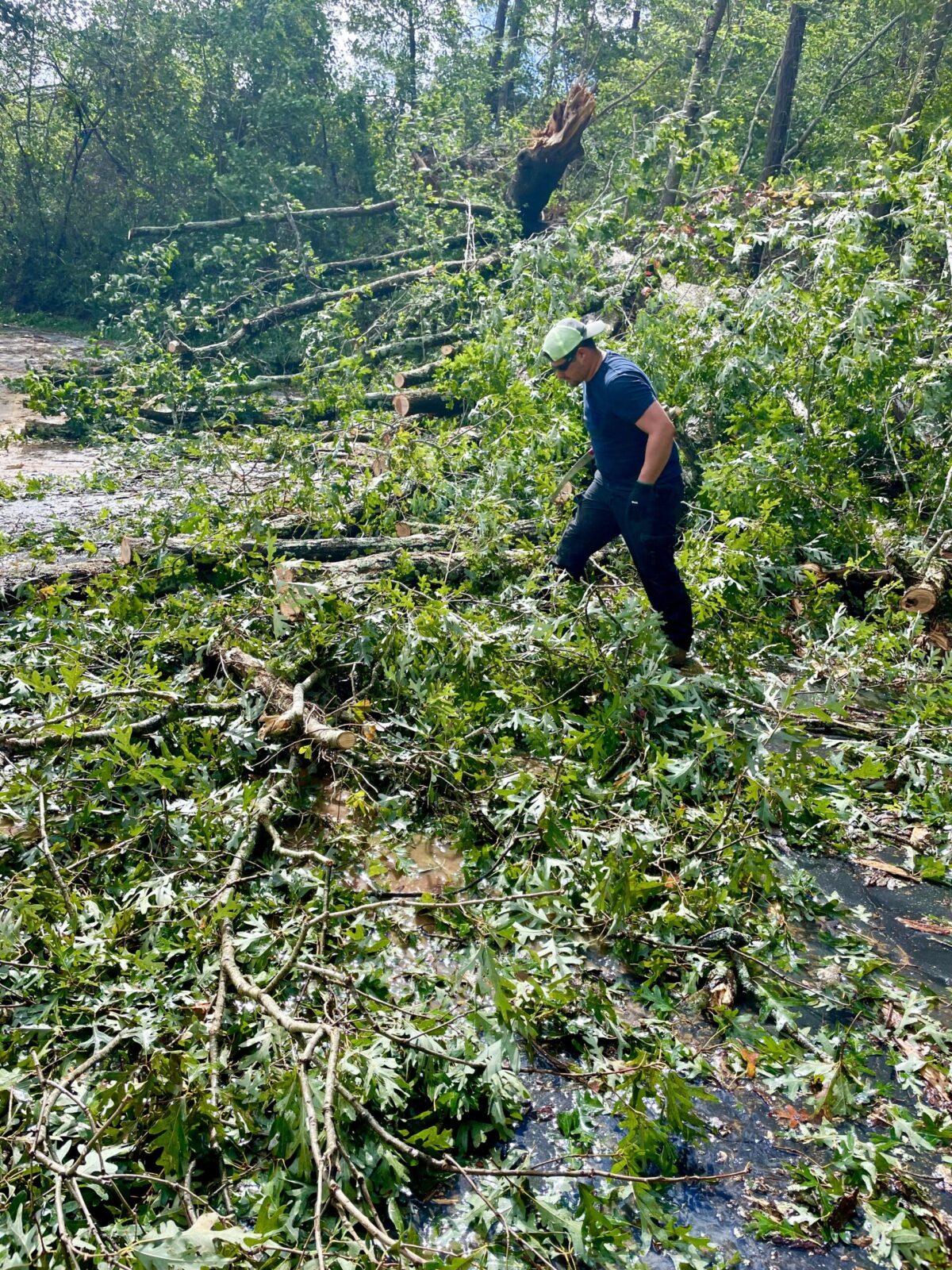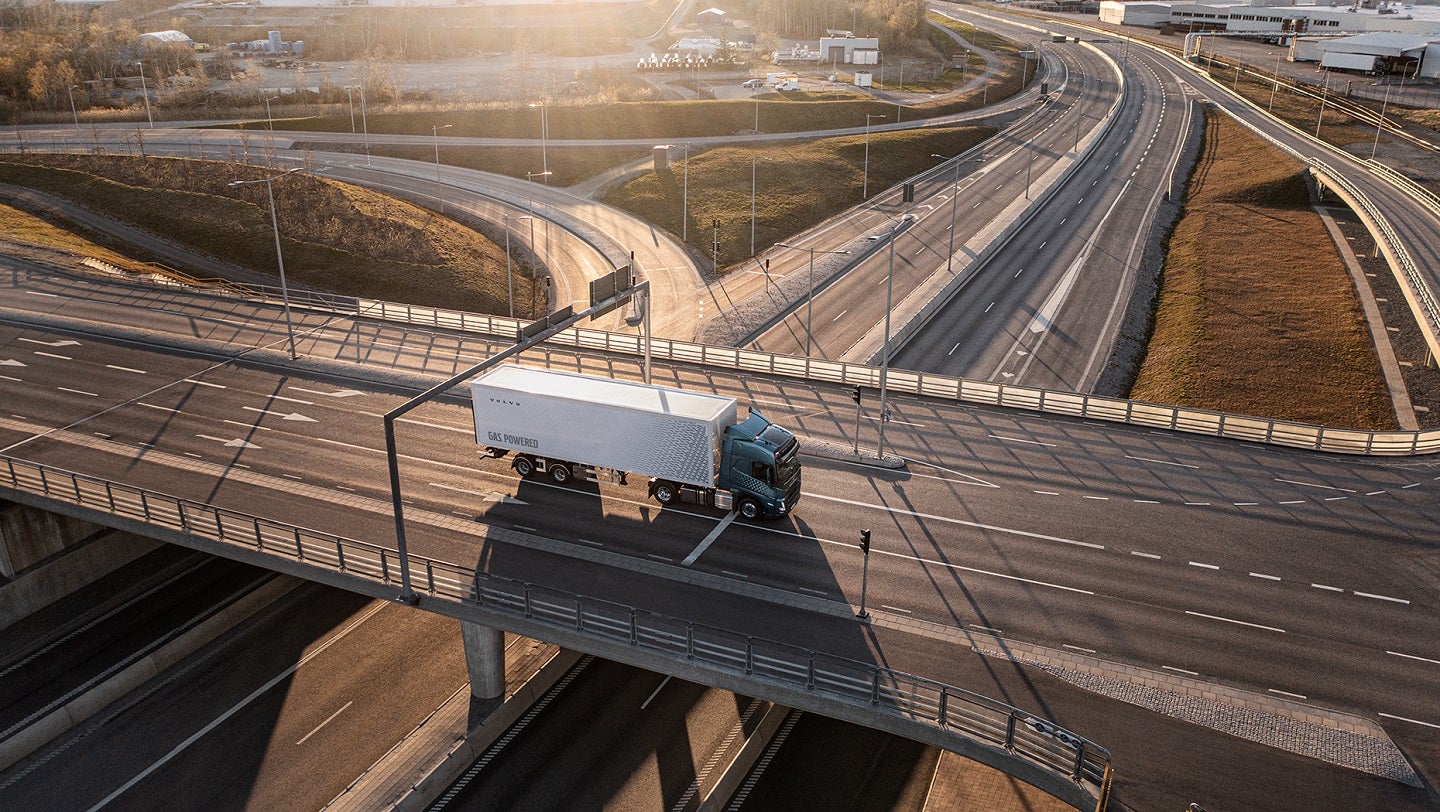
In what unfolded as a series of cinematic events in January, mining giant Rio Tinto lost a radioactive capsule in the vast expanse of the Western Australian desert. The device was smaller than the smallest Australian coin, but the search area stretched along a 1400km (870 mile) stretch of highway.
The object of the search: a small silver cylinder measuring 0.3 inches by 0.2 inches, containing a small amount of cesium-137 that makes it dangerously radioactive. What followed was a large-scale search with assistance from defence forces, emergency services and radiation experts.
While emergency teams declared it could take weeks or even months to search for the capsule, the social media sphere rose to the challenge of scriptwriting a mockumentary for the company.
One tweet read: “What if a crow has picked up this #RadioactiveCapsule and dropped it in a reservoir, they haven’t thought about that ‘eh?”
Another quoted the mystery series The X Files:
Telling people about the radioactive capsule. pic.twitter.com/U7JsF3dpS9
— Scott Mitchell (@s_mitchell) January 27, 2023
On the other hand, Darren Klemm, fire and emergency services commissioner of Western Australia, said their team was “working through the possibility that we wouldn’t find it.”
Addressing the “what ifs” of losing a radioactive capsule was the next logical step. The authorities announced that even an hour of exposure from about a meter away is the equivalent of having 10 X-rays, and prolonged contact could cause skin burns, acute radiation sickness and cancer.
Transporting radioactive materials in mining
The capsule, part of a part of a sensor used in ore density assessment, got lost during transport from a Rio Tinto mine near Newman in Western Australia to the state’s capital, Perth. When the box carrying the sensor was opened, the sensor was found in pieces and the capsule missing.
The incident raised concern and alarm for six days, after which Stephen Dawson, the emergency services minister announced: “The search crews have literally found the needle in the haystack”.
While the capsule was found without reporting any injuries or harm, their came with questions of safety and regulations around transporting radioactive materials. According to the World Nuclear Association, about 15 million packages of radioactive materials are transported each year on public roads, railways and ships. Interestingly, a significant portion- about 95% of all the radioactive consignments – are not related to nuclear power, but medicinal and mining use.
But with transit comes the associated risks of faulty packaging, labelling, handling incidents and the chance of accidents and exposure.
Packaging, labelling and scenario-building for accidents

Before transporting the sensor from Rio’s mine, it was placed inside a wooden box, which was then screwed onto a pallet and placed in the back of a flatbed truck. The authorities noted that the vibrations from the truck caused the sensor to shake apart and dislodge a mounting bolt. The capsule then fell through the bolt hole, laying loose in the truck and bouncing off onto the highway.
In Australia, the regulations for transport of radioactive materials are consistent with the international standards established and governed by the International Atomic Energy Agency (IAEA) and the United Nations Economic Commission for Europe. These regulations provide guidelines and requirements for the packaging, labelling, and transport of radioactive materials to ensure safety during transit.
Even though the disappearance of the capsule was accidental, finding the sensor broken into small pieces was rather unusual.
“These gauges are designed to be robust and to be used in industrial settings where they may be exposed to weather and vibration,” Andrew Robertson, a public health official in Western Australia said at a news conference, “so it is unusual for a gauge to come apart like this one has.”
The first and most effective way to reduce risk associated with the transport of radioactive materials is to follow packaging standards specified in IAEA guidelines.
The containers that carry radioactive materials are specially made and have integral radiation shielding to withstand accident conditions and prevent damage to radiation sources during transport, and to protect workers and the environment from exposure to radiation. Many are designed to be portable to allow them to be carried safely from place to place. These transporting vehicles must also bear radiation signage.
Guidelines, testing and best practice
Despite this, the conventional accidental risks of road transport apply as much to these vehicles as any other. For instance, in 2010, a motor vehicle crash resulted in the release of radioactive material (technetium-99m) that was to be used for nuclear medicine. It was apparent that the vehicle had been hit in the rear by a truck, after which the container carrying the lead pot flew out through the rear window of the vehicle onto the road. The lead pot was then run over by the truck, damaging the vial containing Tc-99m, shattering the glass and releasing all radioactive material.
Even though instances of damage are rare, the resulting consequences of spilling radioactive material can have far reaching consequences.
As a first step to address situations for accidents, the Australian Radiation Protection and Nuclear Safety Agency (ARPANSA) lays down different testing mechanisms based on the reactivity of the material being carried. For intermediate and high level of radioactivity, the packaging is tested via submersion pressures of up to 200 metres and external pressure of at least 2 megapascals, high speed collisions and projectile impacts, dropping from a height of 9 metres and burning at temperatures of around 800 degrees for over half an hour without damage.
Once the foremost challenge of assessing the package and vehicle’s safety is addressed, how can personnel involved in handling radioactive materials stay well informed of the risks?
Personnel safety, training and associated risks
In the Indian capital city, New Delhi, a scrap dealer unknowingly dismantled a gamma-ray irradiator containing cobalt-60, a highly radioactive material. The mishandling of the radioactive source caused severe radiation exposure to the person and several others, resulting in seven injuries and one death.
The casual auctioning of a radioactive substance to a scrap dealer raised several security concerns in breach of national regulations, besides the obvious danger to the health of the people.
Though the IAEA lays down procedures for the training and identification of personnel, the case above presented a unique twist where the person handling radioactive materials was unaware of its presence or radioactivity. This event brought an important discussion to the forefront; one of harmonising the regulations of radioactive waste disposal with those of radioactive waste transport.
While international policies lay down procedures for establishing trustworthiness of personnel and training to evaluate safety of shipments, country-specific monitoring and implementation mechanisms continue to overlook some risks.
Theft, trafficking and data breach of transport information
In April this year, the IAEA released its annual data on the illicit trafficking of nuclear and other radioactive materials. A total of 146 events of illegal and unauthorised use of radioactive materials was reported in 2022 alone.
“Between 1993-2021, member states reported to the IAEA Incident and Trafficking Database 630 thefts of radioactive material, out of which 310 occurred during transport. In 57% of these cases, the stolen radioactive material has yet to be recovered,” head of the IAEA’s Transport Security Unit David Ladsous said at a conference in Vienna.
Radioactive materials attract the black market for weapons and medical equipment, and hence propagate crimes like theft, and illicit and cross-border trafficking.
Trends from the incident and trafficking database show that 52% of all reported theft cases since 1993 occurred during the transportation of radioactive materials. In the past decade, this figure has gone up to 62%, highlighting the ongoing importance of strengthening transport security measures.
However, the nature of security measures must be in keeping with the evolving nature of risks. Theft during transport is no longer a one-dimensional risk of hijacking or theft of radioactive substances, but an evolved risk of compromising data and information. Just like the scrutiny around cybersecurity of nuclear power plants, information around transport routes and nature of radioactive materials is also subject to cybersecurity breaches and other subsequent crimes like hijacking, theft and trafficking.
The transport of nuclear and radioactive materials is a herculean task of coordinating safety, security as well as national and international standards. Harmonising national regulations to international standards should be best practice, but the varying enforcement of regulations across different countries remains a challenge.



